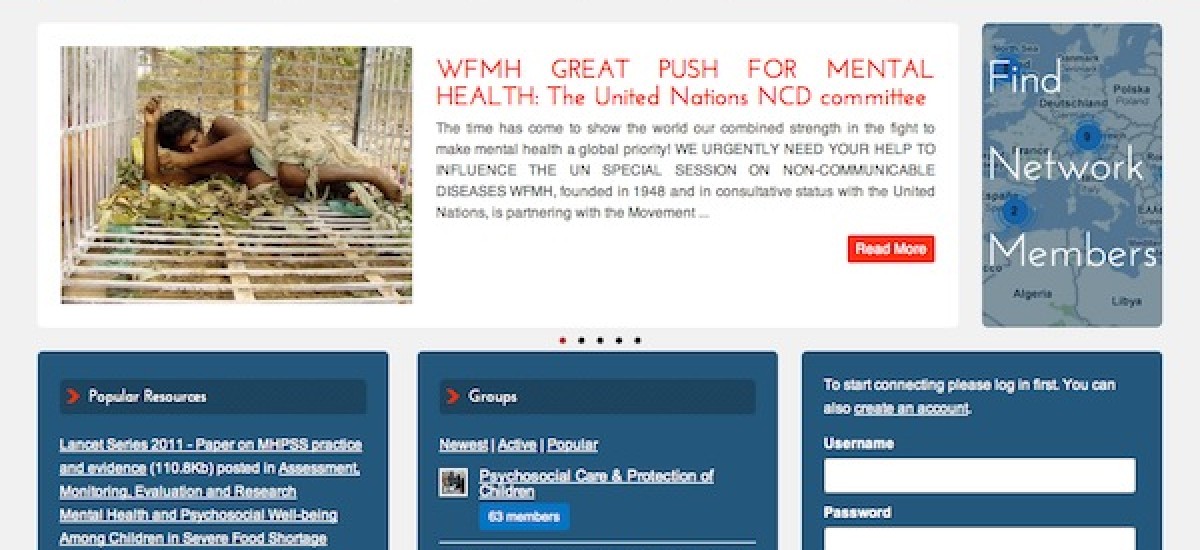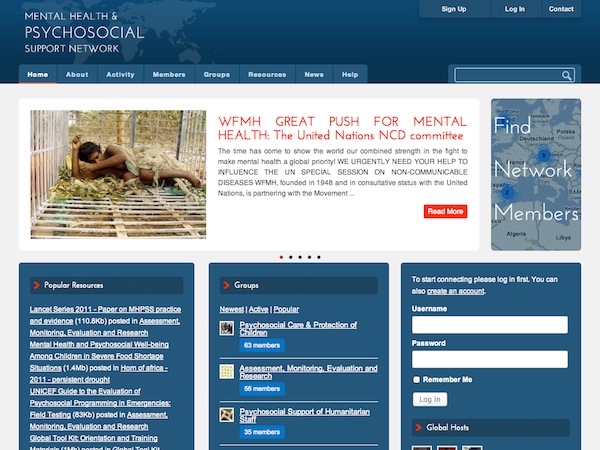Editors note: The issues addressed in this article, plus psyhco-social and mental health related topics are covered in more detail on the MHPSS Network is a growing global platform for connecting people, networks and organisations, for sharing resources and for building knowledge related to mental health and psychosocial support both in emergency settings and in situations of adversity. The network aspires to build and shape good practice in support of people affected by difficult events or circumstances.
###
The war ended in May 2009 saw over 280,000 people being displaced for about one to two years largely in IDP camps before returning to their original villages in north and east of Sri Lanka. The returning process is not yet fully completed as pockets of IDPs still lingering in smaller IDP camps due to issues such as their lands being allotted for high security zones, and slow de-mining process, among other things. Before May 2009, over half a million people had been displaced largely in eastern province, while still another good number of Tamils living in South Indian IDP camps. The war resulted in over 100,000 people killed or missing (statistically over the 26 years of war), tens of thousands disabled or critically injured. The economic cost of the conflict has been measured by various scholars, which amounted hundreds of billion rupees. Two years after the war, its victims are still to recover.
The present article is written emphasising the importance of psychosocial interventions in the post conflict north and east of Sri Lanka. One may wonder government’s appalling silence and objections to promote psychosocial interventions in post conflict north and east. Government vehemently rejected psychosocial interventions of I/NGOs after end of war branding them as “soft core” activities, but Government proffered “hard core” activities such as road development, livelihood promotion, infrastructure development and housing construction. While the Government may have its own justifications to prefer hardcore activities, who can neglect the importance of psychosocial interventions in any post war/conflict/disaster context in the world?.
Post tsunami period in Sri Lanka saw lot of psychosocial interventions supporting victims across the affected north, east and south of the country. During this time, some I/NGOs were criticized for selecting soft core activities all the time. Some would say that in the post war conflict in Sri Lanka the importance of psychosocial interventions was diluted due to relatively little impression post tsunami psychosocial interventions had on victims. While it needs comprehensive studies to measure the effectiveness or failures of these interventions in post tsunami period no body can relate whatever the failures (if there was any) of psychosocial interventions carried out during post tsunami period to post war period.
Psychosocial interventions can mean an intervention using primarily psychological or social methods for the treatment and / or rehabilitation of a mental disorder or substantial psychosocial distress. This includes psychotherapy, counselling, activities with families and psycho – educational treatments, rehabilitation activities (from less to more structured activities such as leisure and socializing activities, interpersonal and social skills training, occupational activities or vocational training, sheltered employment activities) and provision of social support. Psychosocial interventions exclude intake interviews, assessment, and follow – up psychopharmacology appointments.
The start of psychosocial interventions in the world can be traced back to the very start of humans when they started to help each other. Although psychosocial interventions mean much more than mutual support, the very core of these interventions lie on mutual support. At psychological level, the interventions relate cognition, emotion, and behaviour levels and at social level, the interventions deal with environment, culture, economies, tradition, spirituality, and interpersonal relationships with family, community and wider society. Therefore it can be stated that in Sri Lanka a strong tradition of psychosocial support has prevailed from the time immemorial. For example as a collectivist Eastern culture, Sri Lankans have shared the habit of consoling and being with bereaved ones when some body dies. The neighbours cook food and other needs for the bereaved family. The community does not leave the bereaved family until the deceased person is buried or cremated. A communal meal is prepared for the community on the 07th day, 03rd month and so on. These are all examples of strong psychosocial interventions our cultures have been tied with for centuries. But in the present context, when thousands of people have been killed, another thousands disabled, and thousands live in memories of these killed, missing or disabled loved ones, the much needed psychological interventions have been prevented.
In the context of there are about 90,000 widows living in north and east, they experience sudden changes of family structures and family roles as many families have now become women headed families contrary to earlier prominent patriarchal culture. The very breakdown of traditional family composition is itself a great source of shock for many especially relatively young widows and small children.
One of the growing trends in the field of psychosocial interventions is the need to customise western developed concepts into local cultures and local settings. This has been an accusation levelled against psychosocial interventions which need to be addressed as a priority concern when psychosocial interventions are designed for Sri Lanka. For the moment, across the north and east, there is handful of doctors, priests, civil society organizations, civil society activists, academics, and other professionals informally supporting victims who are in need of psychosocial interventions. Therefore let’s now form a social discussion of this important area of intervention for the sake of thousands of victims of war and strugglers to rebuild their lives in the post war context in north and east and rest of Sri Lanka.


